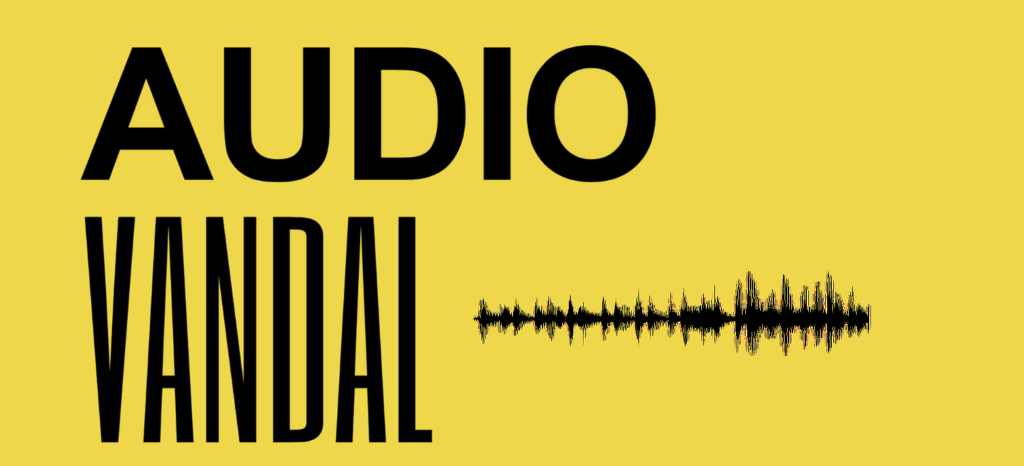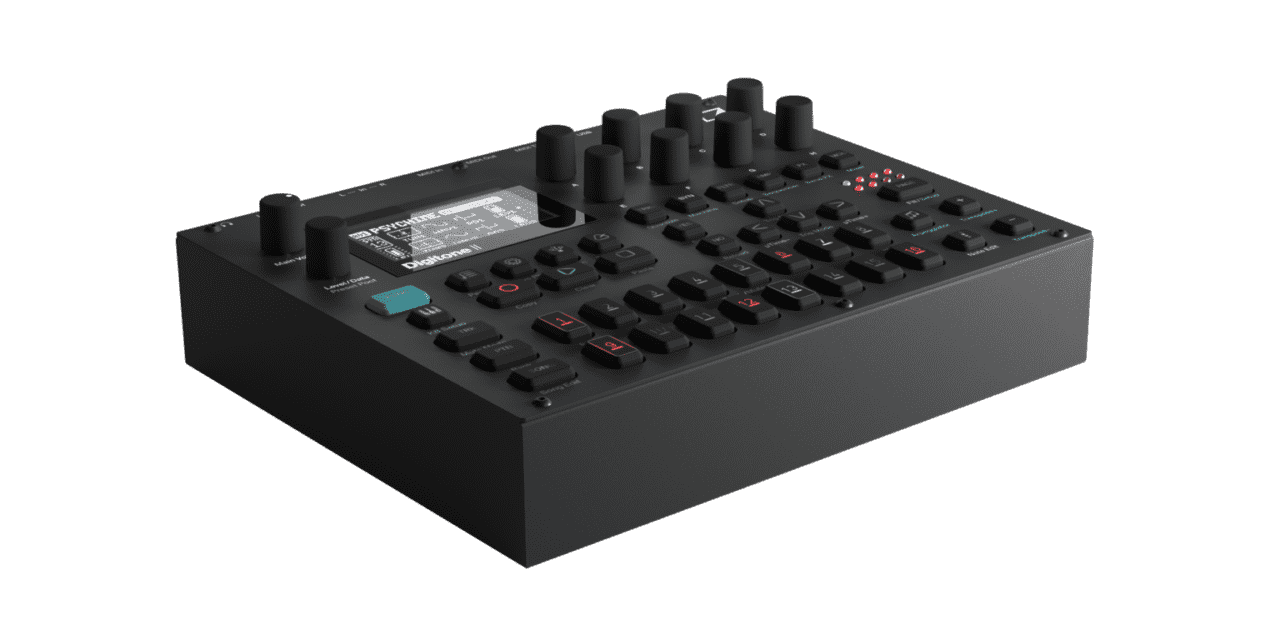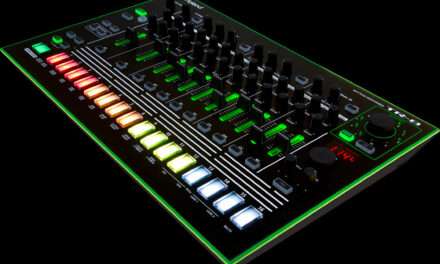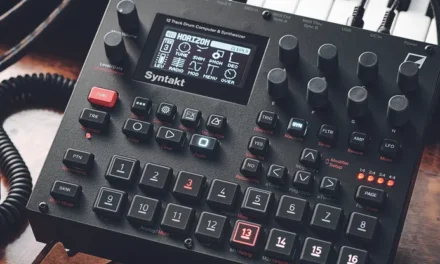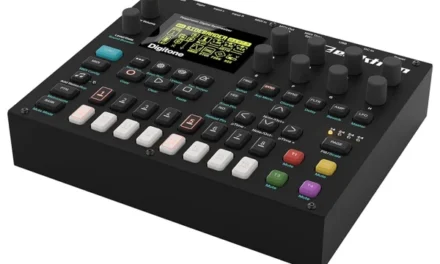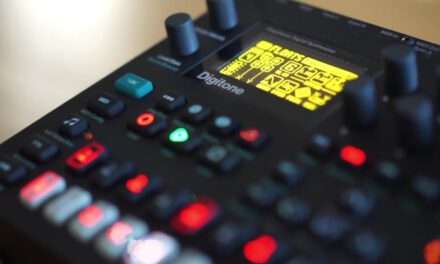In the ever-evolving world of electronic music production, Elektron has consistently stood out as a brand that marries innovation with usability. Their instruments are renowned for their deep functionality, intuitive design, and unmistakable sound. Among their impressive lineup, the Elektron Digitone Keys holds a special place as a modern classic. But how did this instrument come to be, and what makes it so unique? Let’s take a journey through the history of the Elektron Digitone Keys and explore its impact on music production.
The Birth of the Digitone: A New Era of FM Synthesis
To understand the Digitone Keys, we must first look at its predecessor, the Elektron Digitone. Released in 2018, the Digitone marked Elektron’s first foray into FM synthesis. While the company had built its reputation on analog machines like the Analog Four and Analog Rytm, the Digitone showcased their ability to innovate in the digital realm.
The Digitone was part of Elektron’s “Digit” series, which also included the Digitakt sampler. Unlike the gritty, analog sound of their earlier machines, the Digitone embraced the clean, precise tones of frequency modulation (FM) synthesis. FM synthesis, popularized by iconic synths like the Yamaha DX7, is known for its ability to create complex, evolving sounds—from glassy bells and metallic pads to punchy basslines and percussive hits.
The Digitone was an instant hit, praised for its accessible interface, powerful sequencer, and ability to blend FM synthesis with analog-style filters and effects. It quickly became a favorite among producers and performers, setting the stage for its keyboard-equipped sibling.
The Digitone Keys: A Synthesizer for Performers
In 2020, Elektron unveiled the Digitone Keys, a keyboard version of the original Digitone. While it retained all the features that made the Digitone a success, the Digitone Keys added a full-sized, 37-note keyboard with velocity and aftertouch sensitivity. This made it not just a sound design tool, but a performance instrument.
The Digitone Keys was designed for musicians who wanted a more tactile and expressive way to interact with their synthesizer. The keyboard allowed for dynamic playing, while the aftertouch added an extra layer of control for modulating parameters in real time. This made the Digitone Keys ideal for live performances, studio sessions, and everything in between.
What Makes the Digitone Keys Special?
The Digitone Keys builds on the foundation of the original Digitone while adding features that cater to keyboard players and performers. Here’s what sets it apart:
- FM Synthesis Made Accessible
Like the Digitone, the Digitone Keys simplifies FM synthesis with an intuitive interface. Its four-track, eight-voice engine allows users to sculpt sounds with ease, thanks to its clear layout and visual feedback. - Built-In Keyboard
The 37-note keyboard with velocity and aftertouch sensitivity adds a new dimension to the Digitone experience. It’s perfect for expressive playing and real-time control. - Elektron’s Legendary Sequencer
The Digitone Keys inherits Elektron’s renowned sequencer, which offers parameter locks, conditional triggers, and micro-timing. This allows for intricate, evolving patterns that bring static sequences to life. - Hybrid Capabilities
While the Digitone Keys is primarily a digital synth, it also includes analog filters and overdrive, adding warmth and grit to its otherwise pristine sound. - Portable and Performative
With its compact design and battery-powered option, the Digitone Keys is perfect for live performances and on-the-go production. Its performance macros and real-time controls make it a joy to play. - Integration with Other Gear
The Digitone Keys plays well with other Elektron devices and external gear, thanks to its MIDI and CV/Gate connectivity. This makes it a versatile centerpiece for any studio setup.
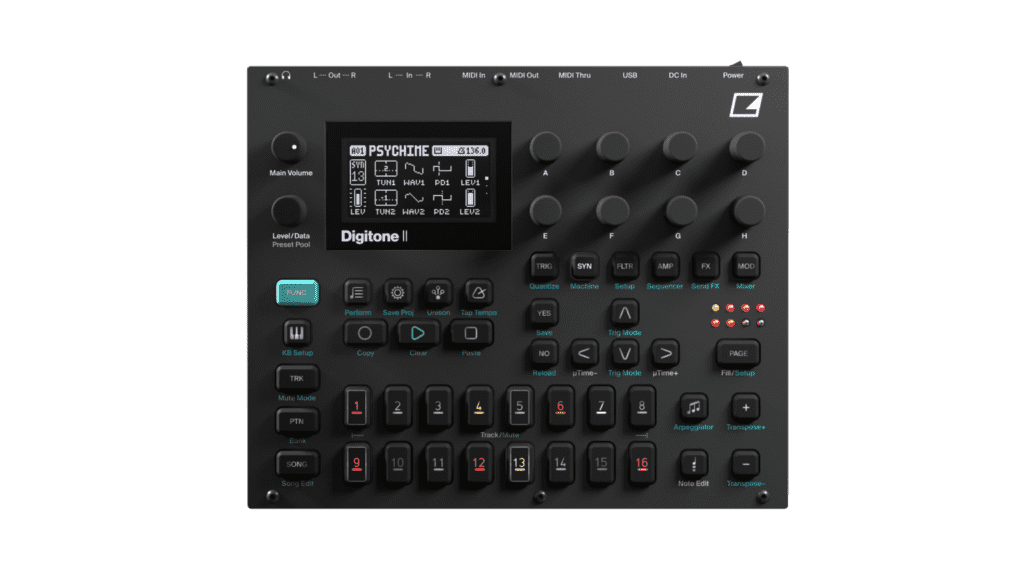
The Digitone Keys’ Impact on Music Production
Since its release, the Digitone Keys has become a favorite among electronic musicians, sound designers, and keyboard players. Its ability to create both lush, atmospheric textures and sharp, percussive sounds has made it a versatile tool for a wide range of genres, from ambient and techno to experimental and pop.
Artists like Rival Consoles, Kaitlyn Aurelia Smith, and Richard Devine have praised the Digitone Keys for its sound quality, playability, and versatility. Its presence in live performances and studio recordings has solidified its status as a modern classic.
The Digitone Keys Today: A Legacy of Innovation
In the years since its release, Elektron has continued to support the Digitone Keys with firmware updates, adding new features and refining its functionality. The synth has also inspired a vibrant community of users who share tips, patches, and music online.
The Digitone Keys’ success has also paved the way for other Elektron products, such as the Syntakt (a hybrid synth/drum machine) and updates to the original Digitone. These instruments build on the foundation laid by the Digitone Keys, further cementing Elektron’s reputation as a pioneer in music technology.
Conclusion: A Timeless Instrument for the Modern Musician
The Elektron Digitone Keys is more than just a synthesizer—it’s a testament to Elektron’s commitment to innovation and creativity. By combining the rich history of FM synthesis with their signature workflow and adding a performance-ready keyboard, Elektron has created an instrument that is both timeless and forward-thinking.
Whether you’re a seasoned producer or a curious beginner, the Digitone Keys offers endless possibilities for exploration and expression. It’s a reminder that in the world of electronic music, the future is always within reach—and Elektron is leading the way.
So, if you haven’t yet experienced the magic of the Digitone Keys, now’s the time to dive in. Who knows what sounds you’ll discover?

